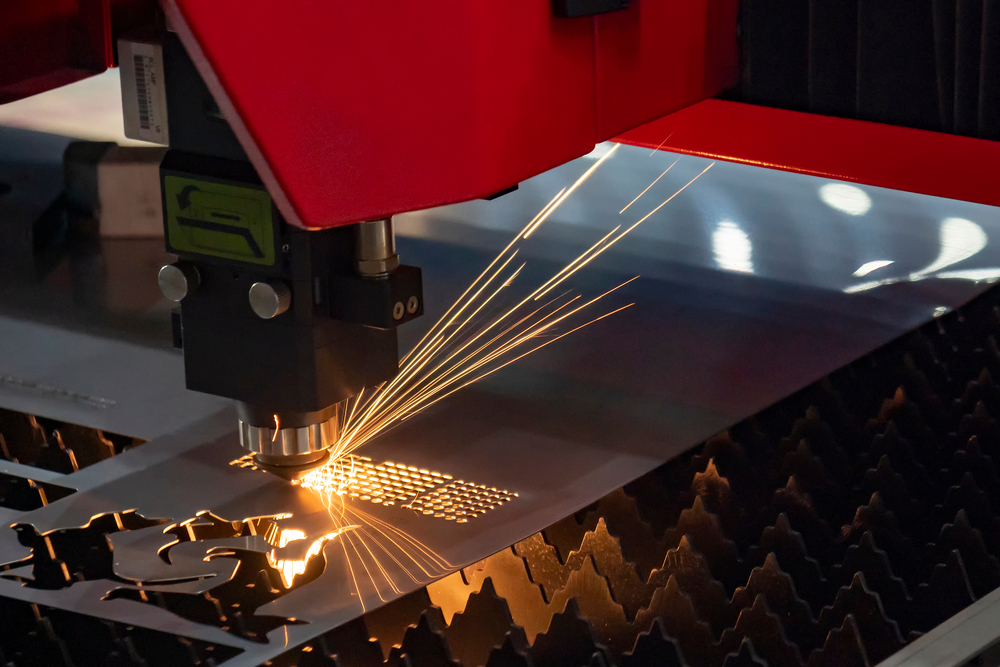
Engraving on metal can be a beautiful and aesthetically pleasing way to personalize an object. Whether it’s a piece of jewelry, a plaque, or a tool, engraving adds a special touch to the metal surface. However, there may come a time when you want to remove the engraving from metal, either to repurpose the item or to correct a mistake. Fortunately, there are several methods you can use to remove engraving from metal, depending on the type of metal and the depth of the engraving.
One of the most common methods for removing engraving from metal is sanding. This method is ideal for soft metals like aluminum or brass, as well as for shallow engravings. To remove engraving from metal using sanding, you will need the following materials:
Start by selecting coarse-grit sandpaper and attaching it to the sanding block. Hold the sanding block firmly and start sanding the engraved area in a circular motion. Gradually move to finer-grit sandpaper as you smooth out the metal surface. Be sure to wear safety goggles, a dust mask, and protective gloves to protect yourself from metal dust and debris.
Continue sanding until the engraving is completely removed and the metal surface is smooth and even. Once you have removed the engraving, clean the metal surface with a damp cloth to remove any remaining dust and debris.
For deeper engravings on harder metals like steel or titanium, grinding may be a more effective method for removing engraving. To remove engraving from metal using grinding, you will need the following materials:
Start by attaching the grinding wheel to a grinder or rotary tool. Turn on the grinder and carefully grind away the engraved area, moving back and forth. Be sure to wear safety goggles, a dust mask, and protective gloves to protect yourself from metal shards and dust.
Continue grinding until the engraving is completely removed and the metal surface is smooth and even. As with sanding, clean the metal surface with a damp cloth to remove any remaining dust and debris.
Another method for removing engraving from metal is chemical etching. This method is ideal for removing deep engravings on a variety of metals, including copper, brass, and stainless steel. To remove engraving from metal using chemical etching, you will need the following materials:
Start by donning gloves, safety goggles, and a protective mask to protect yourself from the chemical etching solution. Fill a plastic container with the etching solution and carefully submerge the engraved metal object in the solution. Allow the metal to soak in the solution for the recommended amount of time, as specified on the product label.
After the metal has soaked, remove it from the etching solution and rinse it thoroughly with water to neutralize the chemicals. Use a soft cloth to clean the metal surface and remove any remaining residue.
Consider using a laser engraving machine to remove engraving from metal for a precise and professional result. Laser engraving removal is an efficient and precise method for removing engravings on a variety of metals, including aluminum, stainless steel, and titanium. To remove engraving from metal using a laser engraving machine, you will need the following materials:
Start by programming the laser engraving machine with the settings for engraving removal. Place the engraved metal object in the machine and activate the laser to remove the engraving. Be sure to wear safety goggles and protective gloves to protect yourself from the laser beam.
Once the engraving has been removed, clean the metal surface with a soft cloth to remove any residue or debris. Laser engraving removal is a fast and efficient method for removing engravings from metal, with minimal risk of damaging the metal surface.
Regardless of the method you choose to remove engraving from metal, there are several tips you can follow to protect the metal surface and ensure a clean and professional result:
You can use several methods to remove engraving from metal, depending on the type of metal and the depth of the engraving. Whether you choose to sand, grind, use chemical etching, or opt for laser engraving removal, following safety precautions and protecting the metal surface during the removal process is important.
If you’re looking for custom-designed CNC equipment for your business, consider CNC Warehouse. CNC Warehouse provides a wide range of CNC Router/Mills, CO/2 Lasers, Houston Fiber Lasers, Stone Metal, Plasma Cutters, 3 Axis Routers, 4 and 5 Axis, Affordable Commercial Routers, and Yetti Engraving. Contact us to learn more about our products.
Remember, when removing engraving from metal, take your time and be patient to achieve the desired result. With the right tools and techniques, you can effectively remove engraving from metal and restore the metal surface to its original condition.